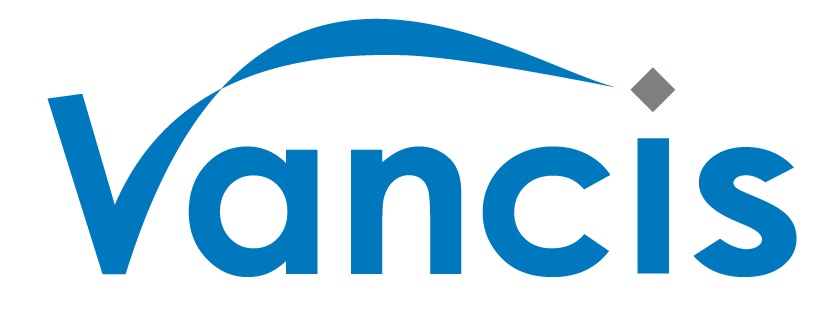The Capacity Challenge
Inholland is a university of applied sciences with multiple sites offering bachelor and master degrees in a variety of fields.
In 2014, Inholland’s data center was fully utilized after being deployed only six years before. About 650 Virtual Machines (VM) were running at the time. Services were delivered on a “best effort” basis. That meant effective availability was high; but actual service availability was not guaranteed. While after-hours back-up personnel were there for infrastructure faults having to do with the network and servers, there was no after-hours back-up in place for application management.
Choosing the Cloud
Instead of investing in new hardware, Inholland chose to migrate to the cloud. Because of economies of scale and to promote cooperation within the higher education community, they chose to do this via SURF and other institutions as part of the KUBUS project which evolved into the IaaS SURFcumulus service. Inholland was the first institution to use SURFcumulus in production.
Why the Cloud
As a member of SURF, Inholland’s choice of SURFcumulus meant it did not have to carry out a tender. The cloud also offers the flexibility to scale up and down relatively quickly, which has many financial advantages. Most importantly, Inholland wanted their “best effort” to guarantee availability. With a cloud deployment, Inholland can choose where and what and to what extent they want this availability to apply. Backup and standby would also never be an issue with 24/7 monitoring and support.
The Approach


Inholland uses Vancis’ services, within the SURFcumulus framework and chose to migrate everything to the cloud and bid farewell to its own data centre. This “lift & shift” strategy allowed them to pick up their current VMs and move them to a single cloud environment. First the development, testing and acceptance environment were migrated, to allow room to run the production environment in-house. This also allowed the team to determine how best to tackle the migration in a relatively safe way. Following this, Inholland migrated production services to the cloud.
Throughout the process, Inholland’s IT managers and server admins were on board, gave input and were always kept in the loop. There was an adjustment period. Changing habits from going to the data centre to making a phone call to an external supplier took a bit of time. SURF Cloud training sessions helped. The new IaaS admins came back inspired and eager to make it work.
The Benefits
Due to the high availability that Vancis offers, Inholland enjoys flexible, per information system availability, to cover contingencies. Inholland also enjoys even greater security through geographical redundancy. If something goes wrong at one site, the service can be moved to another geographical location.
By deploying a cloud solution, Inholland can focus on education and innovation, and create an even better learning environment for teachers and students.
Next Steps
Inholland migrated 500 of the 650 VMs and IaaS has become “business as usual.” A small number of servers still ran in the data centre until January 2018. After the migration to the cloud was completed, Inholland has investigated whether it also wants to make use of the services of other providers within SURFcumulus. One of the results is the growing use of Microsoft Azure for backup, file- and application services. In addition, another IaaS-provider will be connected for price competition within the SURFcumulus service.
Further Inholland wants to expand access to SURFcumulus within the organisation, such as to IT students. Inholland continues to focus more and more on the applications (SaaS), but gradually and intelligently.
Staff members and students expect more and more to become unburdened by a central IT department. The ultimate goal is to migrate to a SaaS model as much as possible in order to better respond to users’ needs.




